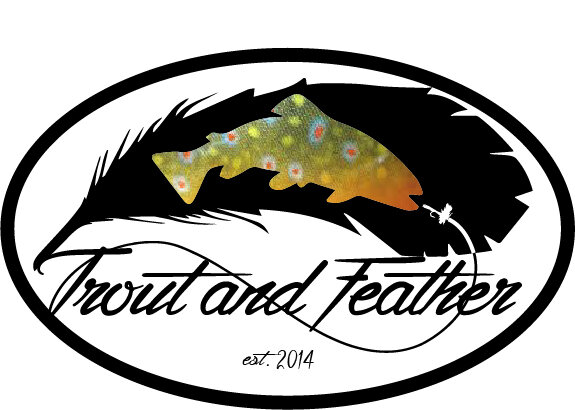“On my return I found the party at camp; they had butchered the buffalo and brought in some more meat as I had directed. Goodrich had caught half a dozen very fine trout and a number of both species of the white fish. These trout are from sixteen to twenty three inches in length, precisely resemble our mountain or speckled trout in form and the position of their fins, but the specks on these are of a deep black instead of the red or gold color of those common to the U.' States. These are furnished long sharp teeth on the pallet and tongue and have generally a small dash of red on each side behind the front ventral fins; the flesh is of a pale yellowish red, or when in good order, of a rose red.” Meriwether Lewis, 13 June, 1805
While other explorers and generations of native peoples had encountered cutthroat trout, Lewis and Clark’s notes from their expedition were profound enough that later taxonomists would give them the name Salmo clarkii. In the excerpt from their journals above, pertinent to anglers is Lewis’ contrast of these new trout to “those common to the U.’ States.” Even a cursory observation demonstrated that cutthroats differed from the well-known brook trout.
Read moreI was past the point where I could hear cars or people.
As a general rule, the pools and deep runs that are within a short walk from the parking lot get fished hard. The water looks great. It seems like it might be productive. Styrofoam worm cups and Bud Lite cans are often serve as the fishing report. Only five or ten minutes up into the mountains and things change. The literal quiet is accompanied by a sense of quiet. The trails get narrower. The signs of people disappear. Then, there are fish.
Read moreI had read about this particular creek dozens of times before I had ever fished it. Walking the banks the first time meant adjusting my expectations alongside reading the water. There wasn’t a trophy trout in every pool as I had anticipated. The mental picture of the famous pools was different than reality. And one stretch that I had read about was conspicuously absent from the fly shop-provided map I was following.
Many of the resources I had been using were from the ’60s and ’70s. Change, even in major river features, is inevitable. But an entire tributary hadn’t made the contemporary map.
Cross-referencing what I had read with what I was seeing, I came to where the little flow should enter the stream. From a distance I didn’t see anything. When I got on top of it, I realized that there was indeed water entering the creek at a perpendicular angle. It was shallow, weedy, and covered in brush. Only about ten feet in and it opened up. Soon enough I was into fish. Really good fish.
Reading historical accounts of fly fishing might pay off in really good fishing. More often than not, the reward is going to be in what you learn and how that impacts your time on the water… regardless of if you’re catching fish or not.
Here are three reasons why digging into the history of fly fishing will be beneficial, and three great ways to get started:
Read moreI always keep a small armory of angling equipment in the back of my compact SUV. Fishing happens on a whim nearly as much as it comes about through careful planning. There are a handful of rods, fly boxes, and miscellaneous tools that I like to have at the ready. A lot of it is normal fly fishing stuff.
But some of it isn’t. Some of it is what I’ve learned to lean on over the years of fishing, hiking, camping, and living.
Here are five things I always have in my car. They all have plenty of uses, but I’ve come to use them quite a bit as I take day- and weekend-trips to fish. Sometimes it is disaster management. Sometimes it is just about making life easier. Consequently, it always has a place squirreled away in my car among my fly fishing gear.
Read more